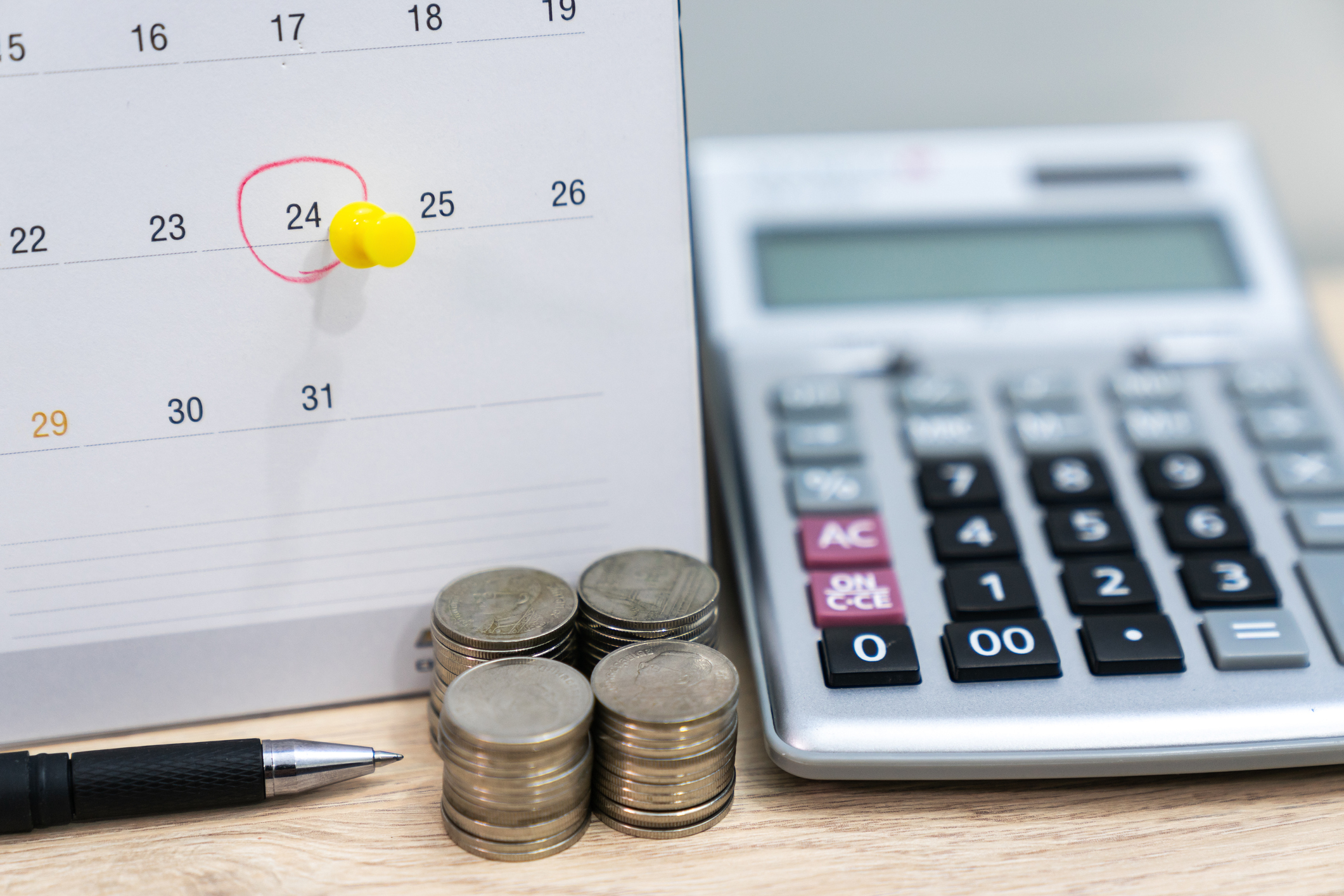12 Investments to Cash in on China
China has created the most successful economic revolution the world has ever seen, and it still has room to grow.


China’s stocks have turned around. From the start of 2010 through 2016, SPDR S&P China (symbol GXC), a popular exchange-traded fund, returned an annual average of a little more than 2%. So far in 2017, the fund has returned 42.7%, about three times as much as the U.S. market. (Prices and returns are as of September 29.)
China’s sparkling performance comes despite having been a prime target of President Trump, who has criticized China’s trade practices and its $347 billion surplus with the U.S., China’s largest export market. Chinese stocks began their dramatic rise late last year, shortly after Trump was elected. Investors must believe either that the Trump administration will not erect trade barriers or that the action won’t have much effect.
Or maybe the Chinese stock market is simply playing catch-up. Investors were spooked when China’s economy began to decline in 2011 from a double-digit annual growth rate to between 6% and 7% now. They worried that domestic unrest would increase if the economy faltered and failed to absorb enough new workers. But unemployment is just 4%, and according to the Economist, China will grow 6.8% this year—the second-fastest rate (after India) among the 57 countries the magazine tracks. Next year’s projection for China, 6.5%, puts the country again at number two. Inflation is under control at less than 2%.

Sign up for Kiplinger’s Free E-Newsletters
Profit and prosper with the best of expert advice on investing, taxes, retirement, personal finance and more - straight to your e-mail.
Profit and prosper with the best of expert advice - straight to your e-mail.
Still, pessimism about Chinese economics and politics troubles investors, and so do a lack of transparency and a surfeit of government intervention, both in the economy (especially banking) and in financial markets. In June, index provider MSCI announced that starting next summer it would include mainland China stocks in its regional, global and sector indexes, which determine the composition of popular exchange-traded funds such as iShares MSCI Emerging Markets (EEM). But as evidence of its concern about the integrity of China’s markets, MSCI is moving warily, including only the largest and most liquid mainland stocks and weighting them at just 5% of their market capitalization (shares outstanding times price) rather than 100%.
Economic powerhouse. You should be wary, too. But you would be nuts to ignore China. It has created the most successful economic revolution the world has ever seen, and it still has room to grow. Taking currency exchange rates into account, China’s gross domestic product trails that of the U.S., but in purchasing-power parity (what local currency can actually buy), China’s GDP is the largest in the world, at $21.4 trillion for 2016, compared with $18.6 trillion for the U.S. On a per capita basis, China’s output is about $15,000, or about one-fourth that of the U.S. Just imagine if China could raise its GDP per capita to the level of, say, Turkey, at nearly $25,000. That would certainly occur if modern manufacturing and service industries in China become more successful, attracting more rural workers and thereby boosting their productivity. Currently, 28% of China’s labor force is in agriculture, compared with less than 1% of American workers.
China deserves a place in your portfolio, but which stocks? U.S. politicians are obsessed with China’s manufacturers that ship abroad, but I prefer to buy innovative businesses in the service sector that target the gigantic domestic market, which has more consumers than the U.S., Europe and Japan combined. Companies that sell to an adolescent economy growing at 6.5% are more attractive than those that sell to mature economies growing at 2%. In addition, since 2007, China has slowly been decreasing its astronomical savings rate. Perhaps feeling more comfortable about the country’s future, consumers are more willing to spend than hoard. Many service companies are increasing their revenues 20% annually or more, at a time when U.S. companies rejoice at sales rises in the high single digits.
I have limited my list of individual stock recommendations to companies that trade on U.S. exchanges and so must meet the higher reporting standards of both our exchanges and the U.S. Securities and Exchange Commission.
With the waning of totalitarianism, the Chinese became free to move about, and the travel industry is booming. Ctrip.com International (CTRP, $53), based in Shanghai, increased its revenues by 45% in the second quarter of 2017 compared with the previous year. The firm profits by satisfying the Chinese penchant for packaged tours. Another travel stock is China Lodging Group (HTHT, $119), which I recommended in February 2015 at $23. The company, which operates more than 3,000 hotels, is still attractive.
Private health care companies have proliferated in China, and one of the best is iKang Healthcare Group (KANG, $13), which owns more than 100 medical centers in 33 Chinese cities, offering such services as medical examinations, cancer screening, dental care and acupuncture. The company expects revenues to rise by as much as 27% in the fiscal year ending in March 2018; but iKang’s shares have fallen by one-third in the past 18 months as earnings have disappointed because of rising expenses and interest charges from a heavy debt load. The stock carries risk, but also opportunity.
TAL Education Group (TAL, $34), which provides after-school tutoring and online learning tools for students in China, was the best performer among my 10 stock picks for 2016, more than doubling in a year. The rally has continued through 2017, and analysts see revenues rising more than 50% and earnings rising even more briskly in the fiscal years ending in February 2018 and 2019. Another company in the same business, New Oriental Education & Technology Group (EDU, $88), also a longtime favorite of mine, is older, larger and solidly profitable. For the fiscal year that ended in May 2017, student enrollment jumped 33% and revenues increased 22% over the previous 12 months.
Unlike the two education stocks, China Mobile (CHL, $51), a company with a $200 billion market cap, has been stagnant in 2017. China Mobile is huge—it has nearly 874 million mobile telecom customers—but revenues have stalled for the past couple of years. I think the company will get moving again, but even if it doesn’t, you can benefit from a hefty 5.5% dividend yield.
By contrast, Tencent Holdings (TCEHY, $44) is on a tear, up 58% in the past year. Tencent provides online gaming, payment and entertainment services, and it sells advertising. Tencent owns China’s popular social messaging app WeChat. Alibaba Group Holdings (BABA, $173) is China’s leading e-commerce firm. It resembles Amazon.com but is even broader, offering storefronts for agricultural products, wholesale goods, travel services and more. Alibaba’s revenues for the June quarter rose 56% over the same period last year. The company is nicely profitable.
Don’t ignore a smaller online information provider, SINA (SINA, $115), founded 20 years ago. SINA also owns a 46% share in Weibo, a Twitter-like company. Despite a price run-up this year, SINA’s valuation appears low, with the shares trading at 27 times estimated 2018 earnings. Also consider JD.com (JD, $38), an e-commerce firm that specializes in electronics, auto parts and home appliances and has established 7,000 delivery stations throughout China.
Among funds, Matthews China (MCHFX) and Matthews China Small Companies (MCSMX) are among the few that lean toward Chinese companies that focus on the domestic market. The big China index ETFs, such as SPDR S&P China and iShares China (MCHI), have about one-fourth to one-third of their assets in Tencent and Alibaba. Those are great companies, but the ETFs are also loaded with bureaucratic Chinese behemoths in banking and energy that are not worth holding. Oberweis China Opportunities (OBCHX) has an excellent portfolio, but it carries a hefty 1.99% expense ratio. My preference is either Matthews fund or the stocks themselves.
Get Kiplinger Today newsletter — free
Profit and prosper with the best of Kiplinger's advice on investing, taxes, retirement, personal finance and much more. Delivered daily. Enter your email in the box and click Sign Me Up.

-
 2026 Disney Dining Plan Returns: Free Dining for Kids & Resort Benefits
2026 Disney Dining Plan Returns: Free Dining for Kids & Resort BenefitsPlan your 2026 Walt Disney World vacation now. Learn about the returning Disney Dining Plan, how kids aged three to nine eat free, and the exclusive benefits of staying at a Disney Resort hotel.
By Carla Ayers
-
 How Can Investors Profit From AI's Energy Use?
How Can Investors Profit From AI's Energy Use?Global energy demand is expected to grow by leaps and bounds over the next several years as AI usage accelerates. Here's how to get a piece of the pie.
By Jacob Schroeder
-
 How Inflation, Deflation and Other 'Flations' Impact Your Stock Portfolio
How Inflation, Deflation and Other 'Flations' Impact Your Stock PortfolioThere are five different types of "flations" that not only impact the economy, but also your investment returns. Here's how to adjust your portfolio for each one.
By Kim Clark
-
 Kiplinger's Economic Calendar for This Week (April 21-25)
Kiplinger's Economic Calendar for This Week (April 21-25)This week's economic calendar features several Fed speakers and a key reading on consumer sentiment.
By Karee Venema
-
 Why I Still Won't Buy Gold: Glassman
Why I Still Won't Buy Gold: GlassmanOne reason I won't buy gold is because while stocks rise briskly over time – not every month or year, but certainly every decade – gold does not.
By James K. Glassman
-
 Should You Use a 25x4 Portfolio Allocation?
Should You Use a 25x4 Portfolio Allocation?The 25x4 portfolio is supposed to be the new 60/40. Should you bite?
By Nellie S. Huang
-
 Retirement Income Funds to Keep Cash Flowing In Your Golden Years
Retirement Income Funds to Keep Cash Flowing In Your Golden YearsRetirement income funds are aimed to engineer a steady payout of cash for retirees. Here are a few we like.
By Nellie S. Huang
-
 10 2024 Stock Picks From An Investing Expert
10 2024 Stock Picks From An Investing ExpertThese 2024 stock picks have the potential to beat the market over the next 12 months.
By James K. Glassman
-
 Special Dividends Are On The Rise — Here's What to Know About Them
Special Dividends Are On The Rise — Here's What to Know About ThemMore companies are paying out special dividends this year. Here's what that means.
By Kim Clark
-
 How to Invest in AI
How to Invest in AIInvestors wanting to know how to invest in AI should consider these companies that stand to benefit from the boom.
By Kim Clark